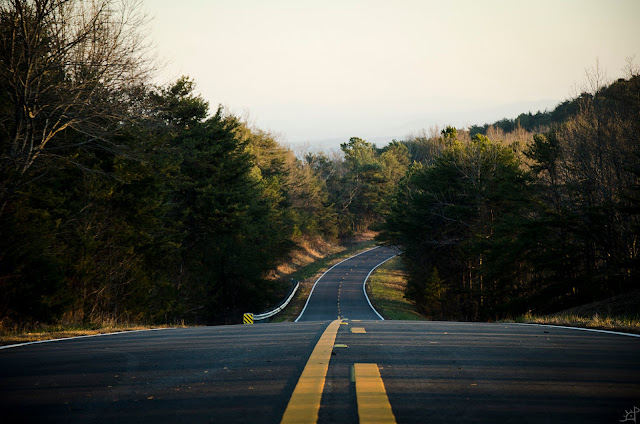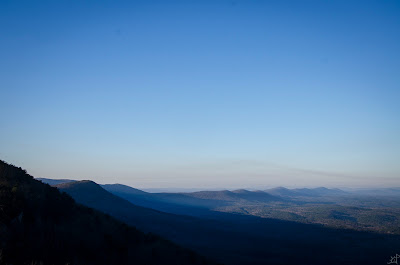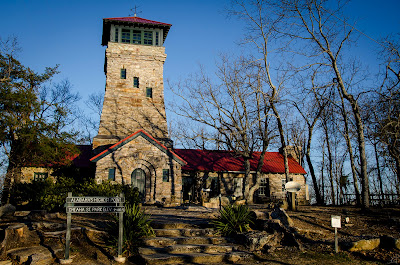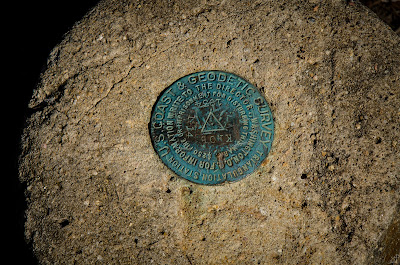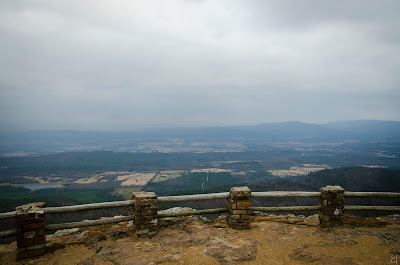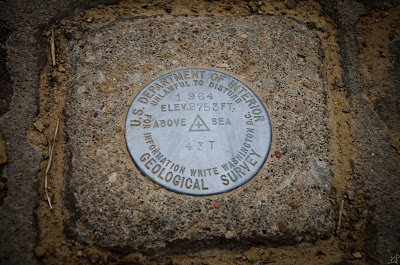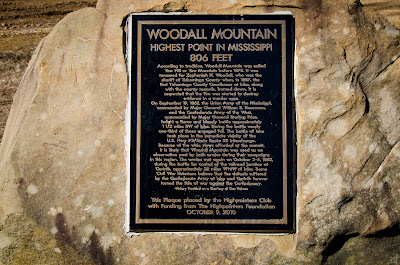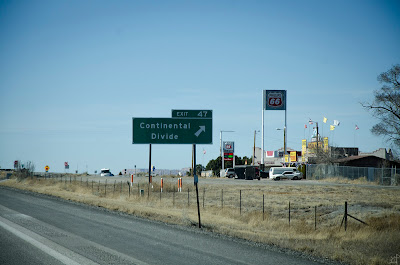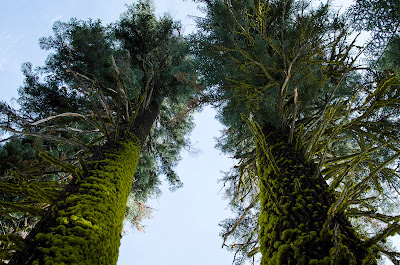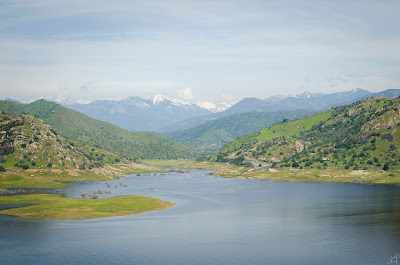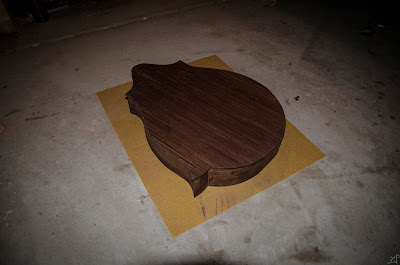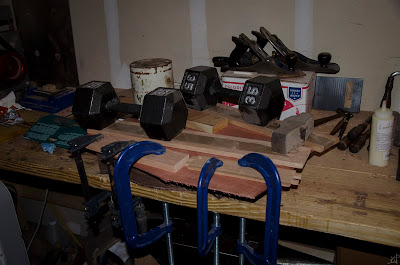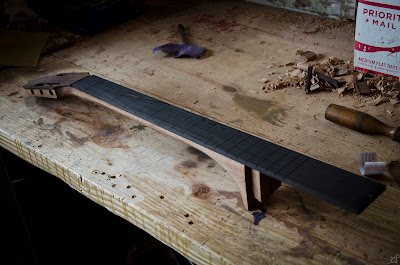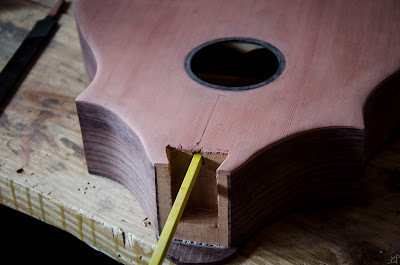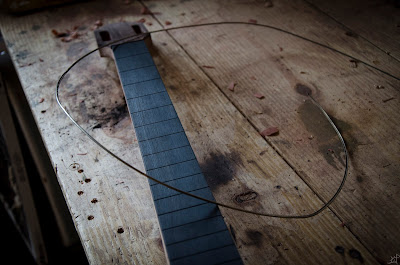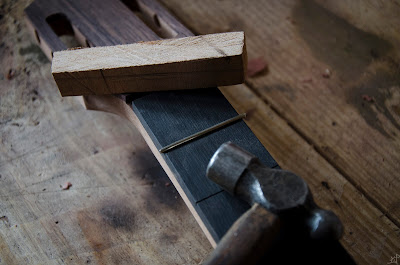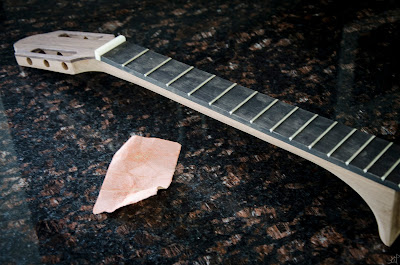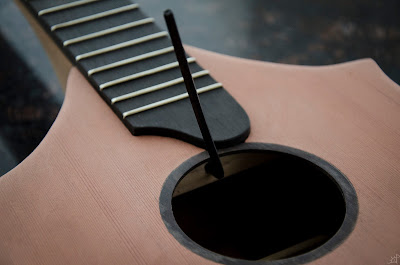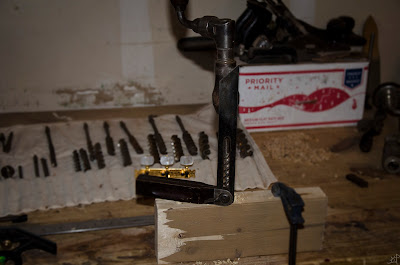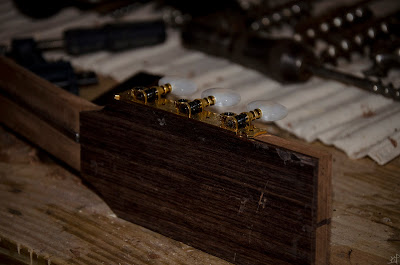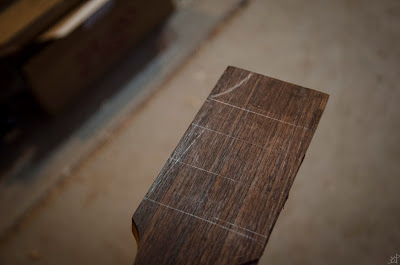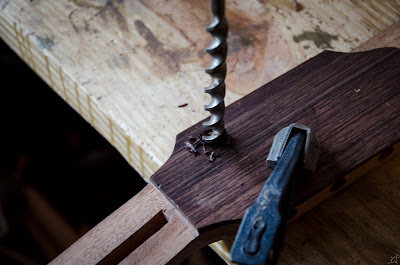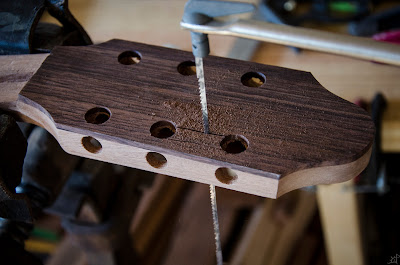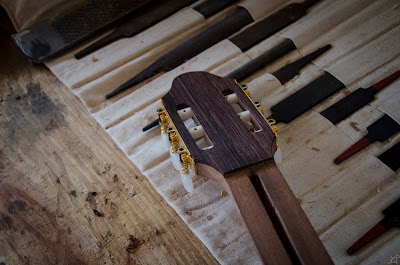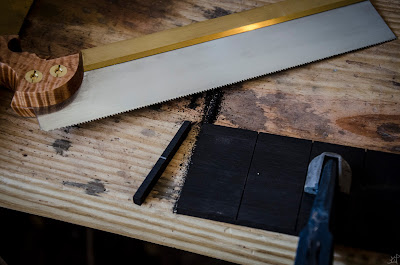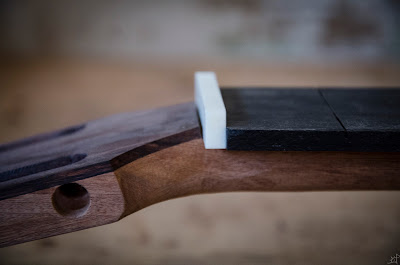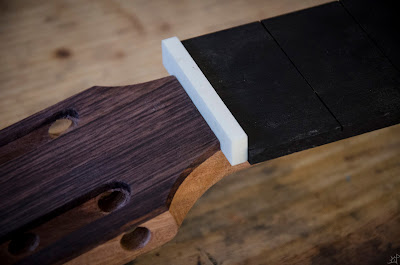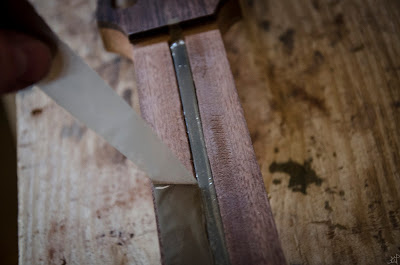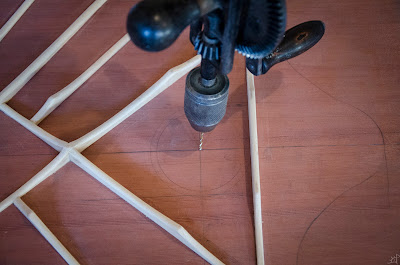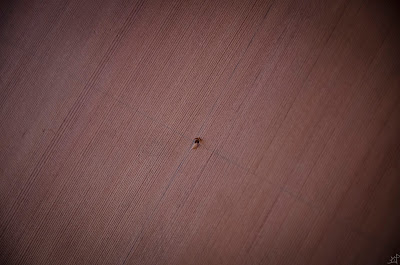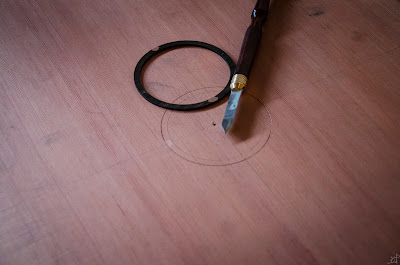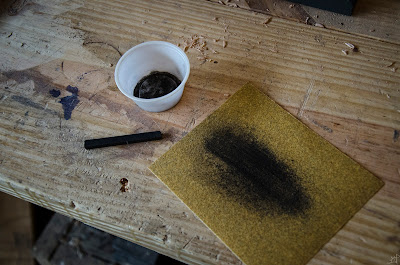"Yes: I am a dreamer. For a dreamer is one who can only find his way by moonlight and his punishment is that he sees the dawn before the rest of the world."
-Oscar Wilde
Two months and as many weeks ago I set foot from the southern lowlands towards a land which, unlike any other I have called home, lies across a vastness of unseen and unlearned land. Three thousand miles of open road across two mountain ranges and thirteen states with nothing but my thoughts for company opened to my mind both an adventure filled with opportunity and one of reservation. More than any other point in my life what lay ahead was met not with the welcome of open arms but that of uncertainty. There would be no place to mark the journey's end. No final mark to signify that a new home had replaced this long wandering.
In every state within whose borders I have lived, I have also sought to find its peak. As a natural deviation come to those nearby, spanning highway and river alike, the boundaries drawn on maps and those less definite which lie across the demarcation of society. In the North East there came New York and later New Hampshire, to the far west Hawaii. In the south that connected landscape of the Blue Ridge Mountains I found North and South Carolina and again Georgia. As the unbound road West began to lay its course, so too did the opportunity to find something beyond the destination to give meaning to the journey.
First came Alabama, whose Cheaha Mountain stands a mere 2405 feet nestled in a crook of the Appalachians. Unlike the wilds of the north, there seems to be a greater sense of cultivation over these lands. Something that, as I saw in the White Mountains where early thinkers passed their days, gave perfect meaning to the drive of man to affix his mark here. Towers atop which the sprawling forests roamed free, houses to the public hospitality which lodge not only their feet but also the yearning desire for what lies beyond.
With naught but three days to complete the tremendous drive west, each morning began in the dark hours before dawn and ran far beyond the ever westward twilit approach. Hundreds of miles passed in a blur, each marker so resembling the last that I might not have moved at all. But slowly, gradually as I looked beyond the familiar I began to see a deep change in the landscape.
Soil became lighter, its loam unwittingly replaced with sand one grain at a time. Where there had been swamp now gave way to farmland, and in the blink of an eye another state lay behind me.
Arkansas, towering hardly an appreciable amount over Alabama, stood 2753 feet atop Mount Magazine. Buried within a park of winding roads and narrow bends, something else differed here. Below in the countryside, the green of vegetation reigned, yet here there was only the charred and ashen remnants of a forest before its sacrifice could harbour new life. In many ways, it was like the shedding of a veil over the world I had only just left behind. Cleared, but not passable without trial. Illuminated, but not yet revitalized.
Almost as an afterthought passed Mississippi some hundreds of miles prior. Alone at 806 feet in the northern corner of the country and fourth lowest of the lot, Woodall Mountain is more of a hill in the back yard of a radio beacon.
The south behind me the second great change overtook the land. Instead of the rolling mountains and lush forests, green bled to brown what vegetation studded the landscape took upon it the full colour of its host. There lies upon this land a vast emptiness on a scale difficult to understand until it has been forded in the depths of solidarity. It waits with a raw, jagged flatness suggestive of the distant towering peaks when suddenly from their foothills rise a twisted break in the earth. Thousands of changeless miles pass morning into evening and then back again, unrelenting and unforgiving of the wayfaerer's need.
Looking upon a map of where state boundaries lie might, without perspective of the geography, seem arbitrary. Oklahoma into Texas and Texas into New Mexico into Arizona, those lines prove significance to the governing but to nature there exists another form. Within minutes of passing one to the next, subtle differences give way to dramatic changes. Suddenly the buttes rise out of cleft plateaus, the brown of the earth grows red, grass weaves into scrub shrubberies, the sky takes on a different hue. It is, as though by those who once lived here long before our time, they too had taken notice and passed through the generations a primeval division as it was made to be.
Having lived in the east for so many years and having never truly experienced the west, one of the most surprising changes was not the landscape, but rather the means by which it is navigated for our commerce. Trains spanning four miles in length or more raced past, hundreds upon hundreds of cars driven as one across that relentless desert. The first I saw caught my eye from the severity of its length, but then I passed another, and another, until they were, as many bound cars become one, individually beyond number.
As Arizona's border came and went, again changes came starkly around the bend. Ancient remnants of the Colorado River who thousands of years ago carved their way through this now arid state stood as a testament to nature's raw and unrivalled power.
Out of the endless daze a passing sign caught my eye, and of a sudden the face of the landscape represented a fundamental shift. I was, at long last, approaching those lands to the west of which my dreams wander. Mountains untamed and towering in their stature, jutting thousands of feet above the peaks of those I left behind. In the early days of westward expansion these mountains too represented something greater than simply a pass to be traversed or a summit to be conquered. In a word, it was the coming of a different life. Often assumed by all accounts to be better than the one being left behind, but certainly changed. Transcendent, perhaps, but it was entering into a territory unlike anything in the east.
Of the hundreds of parks and waypoints I passed, there was one in the shadow of the Divide that I could not pass without stopping. The Grand Canyon, whose depth is measured by miles, lay over the northern course like some mysterious beast of a thousand heads. Carved over so many years beyond our ability to fully comprehend, the rock at sunrise was thrown into a painted hue that gives voice to the elder south west legends. Purples and reds and yellows and greens mixed together in a stratified topography, shadows from the lingering night clinging to what lies below.
Creeping up like a sleeping giant nestled between the folds of a wrinkled earth arose mountains steeped in green and blanketed in blue, distant in the shadow that stretched for leagues across an otherwise unsuspecting landscape. Turns of the road gave way to clouded views of far reaching summits whose heights I know I must one day reach.
Where there had been desert I now found myself walking over undisturbed snow. Where there had been heights measured below the surface I now had to turn my head skyward to see what lay about me. Where there had been roads to carry the body thousands of miles, I now came to the paths which carry the soul to far distant places that no machine can reach.
Standing there beneath the limbs of living things so many hundreds of years older than myself brings back the reflection of my final hours of the land I had left behind. In the span of a few short days I left behind one of the oldest living things in that world I had come to know in exchange for another. But so wildly different are they aside from the magnitude of their lives that it is no wonder that the landscape around them holds so many vast differences.
Of all forms which life has taken here in our world, I stood beneath the single largest. Thousands of years and as many hundreds of people have come to bear witness to the legacy of time forgotten, a single form becoming something enduring. I knew well that the Sequoia stand as giants in a larger land, but the tremendous scale of their perch cannot fully be appreciated or even generally understood until the whole of the trunk fills your vision and the canopy is swallowed by the sky.
All around me leapt out of familiar form a new and unexpected face which I have never seen. Trees whose bark, although at first glance the rigid protector, was in fact spongy. Or mosses clinging to trees like those of the deep south I had come to know as home were really something of a stranger form with webs of lichenthropic roots and bulbous stamen. Pines and sequoia and redwood and the rocky formations of mountains that here stood as little more than foothills in a world of giants.
And there to have seen that dancing illusion, standing like a giant whose face behind parted clouds reveals the aspect of my desire. The pinnacle, in a sense, of all those places where I have lived. Fourteen thousand feet and more above the horizon stands Mount Whitney, the tallest of the mountains in the lower 48 and a voyage which I must, as a demand by something deeply seeded in my own desire to wander farther, ascend before finally I depart these lands.
Too often we find ourselves enslaved by the desire to do things with only a definite goal or imagined conclusion that, at the end of the road, all that which passed behind it is discarded and forgotten by achieving what was sought before it began. Yet sometimes, and more often than would be supposed, we need that wild and unravelling brought about by uncertainty. We need to be brought to the strange and fantastic places we might never have known existed. Or, perhaps in its simplest form, we need to nurture that piece of our soul which finds fulfilment through the natural course of all things. To be undistracted and unbound by persistent thought of what will be when we arrive. For, becoming lost is the fastest way to be found. Whether or not I traverse the summit or travail the heart of the forest or gaze distantly upon forgotten lakes does not matter; the elder places of the world will neither miss my footprints nor hold against me those impossibly beautiful sights which then lie only in the confines of imagination. As a wanderer and a wayfarer, as an explorer, as a conqueror not of the lands for my own kin but rather to be conquered by them, there comes no greater journey than along the winding path which leads to an unknowing home.
